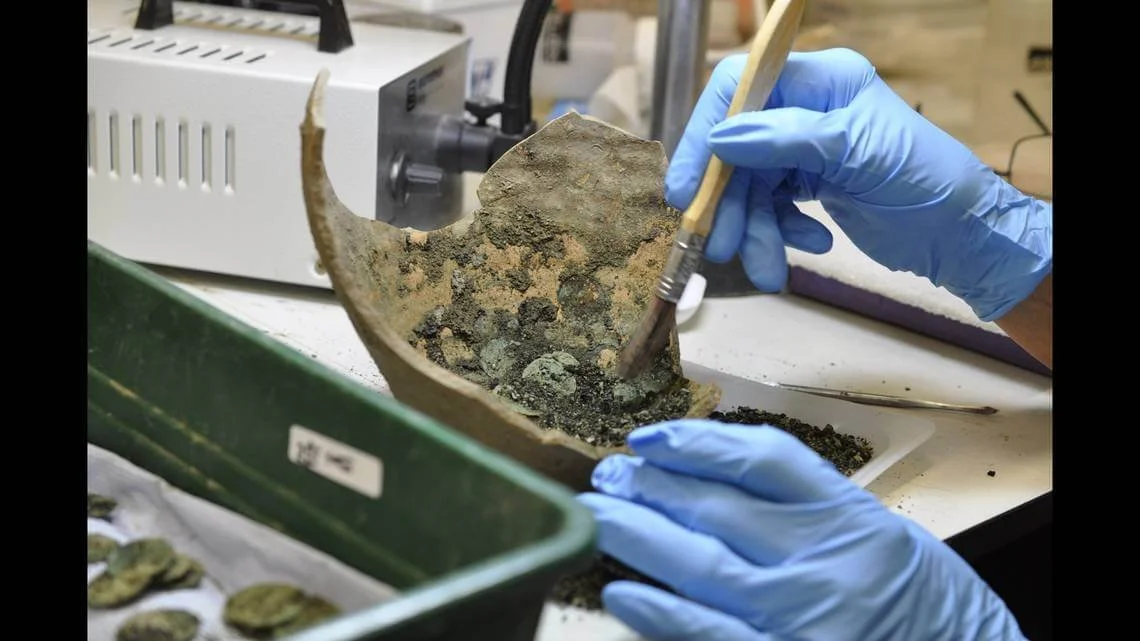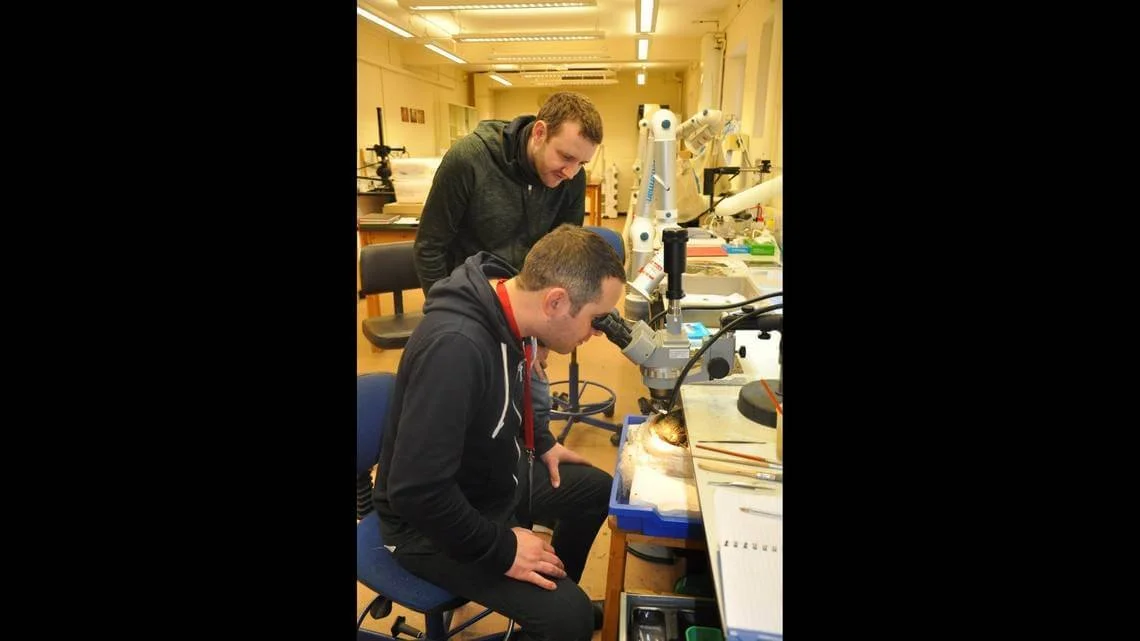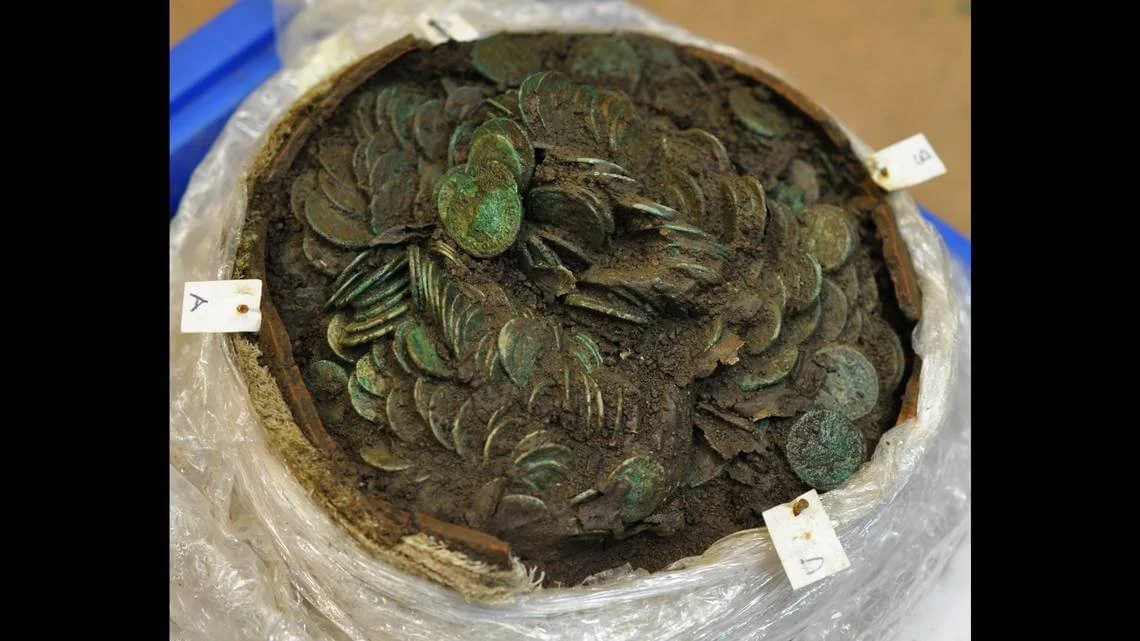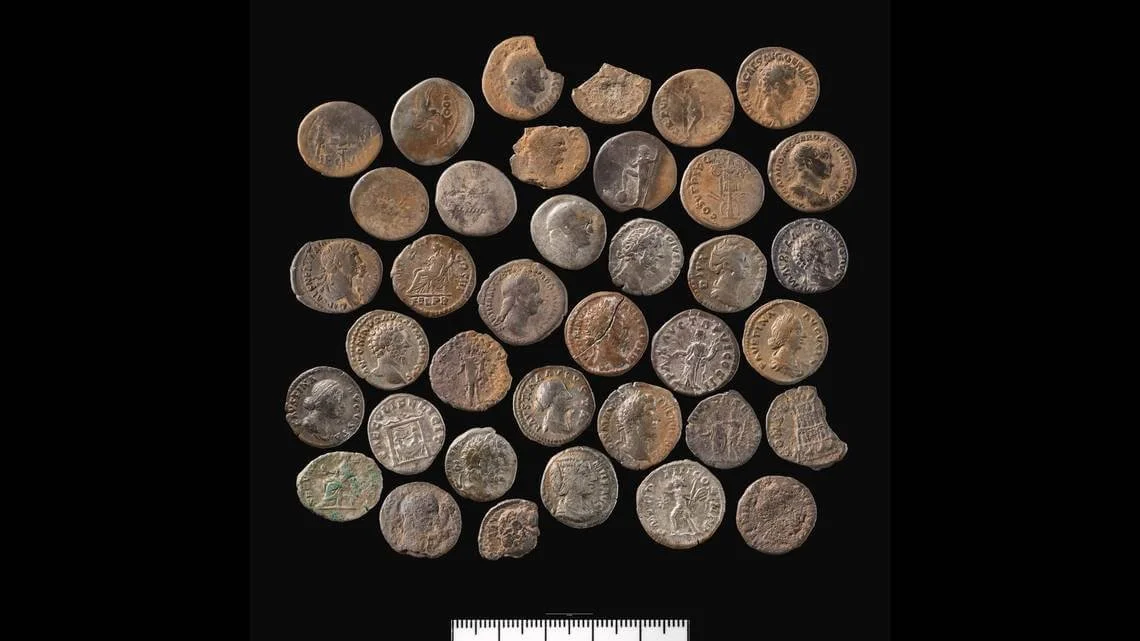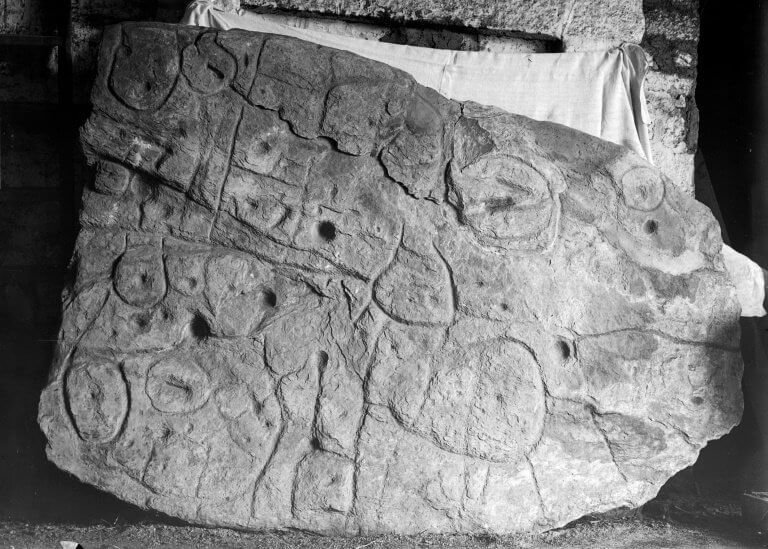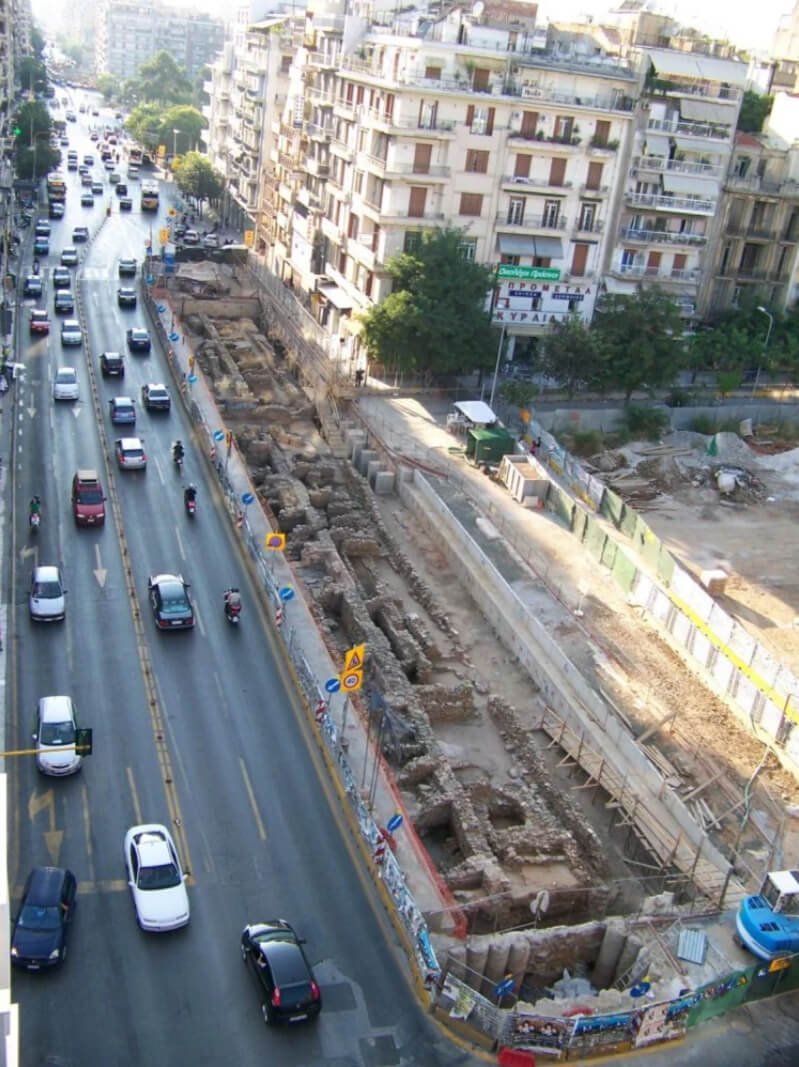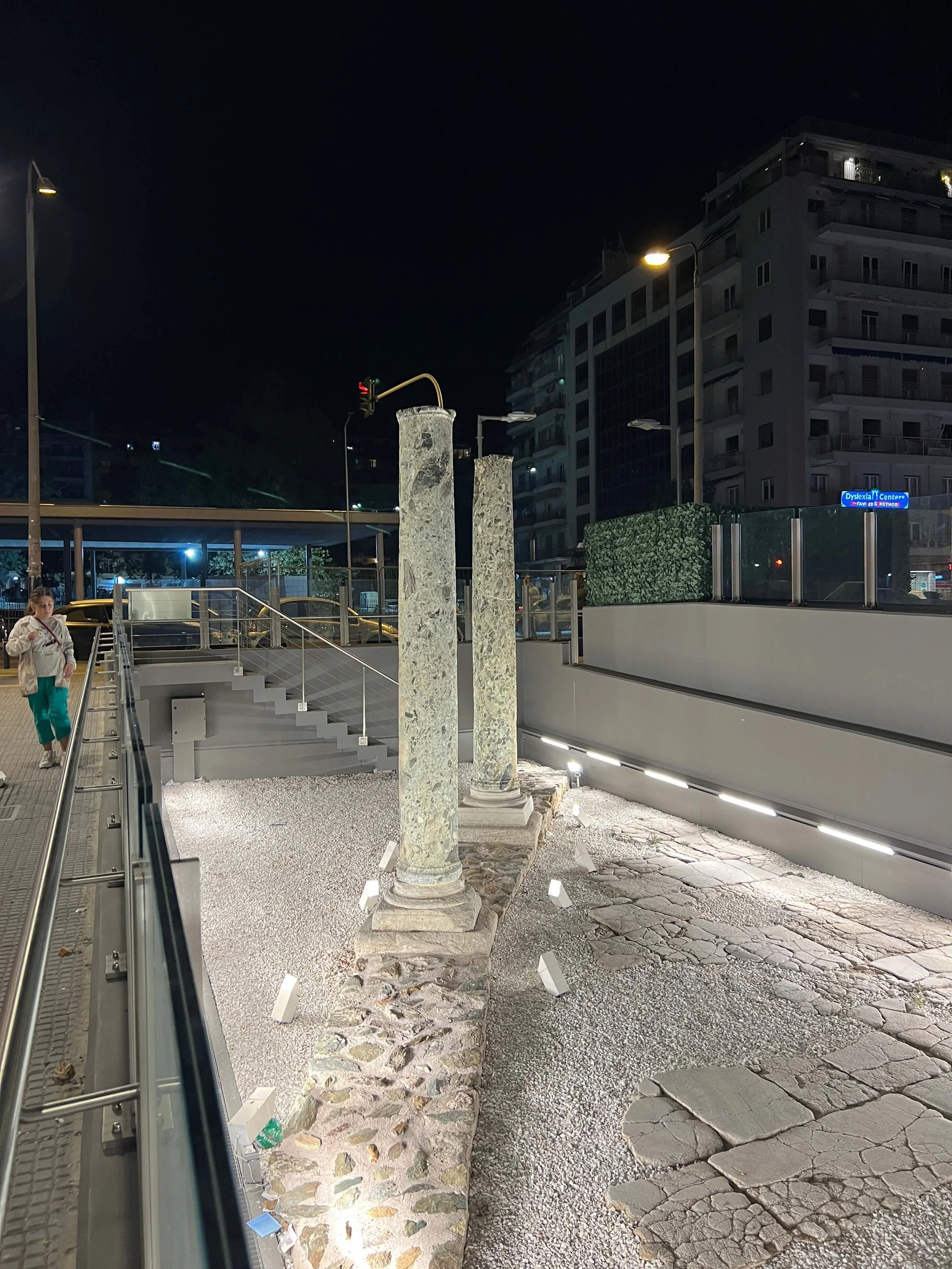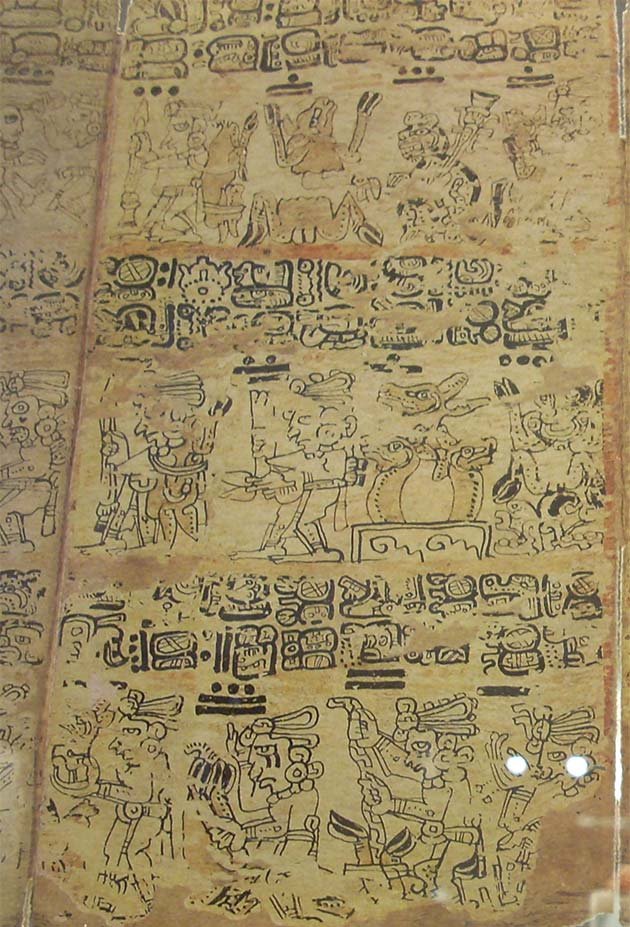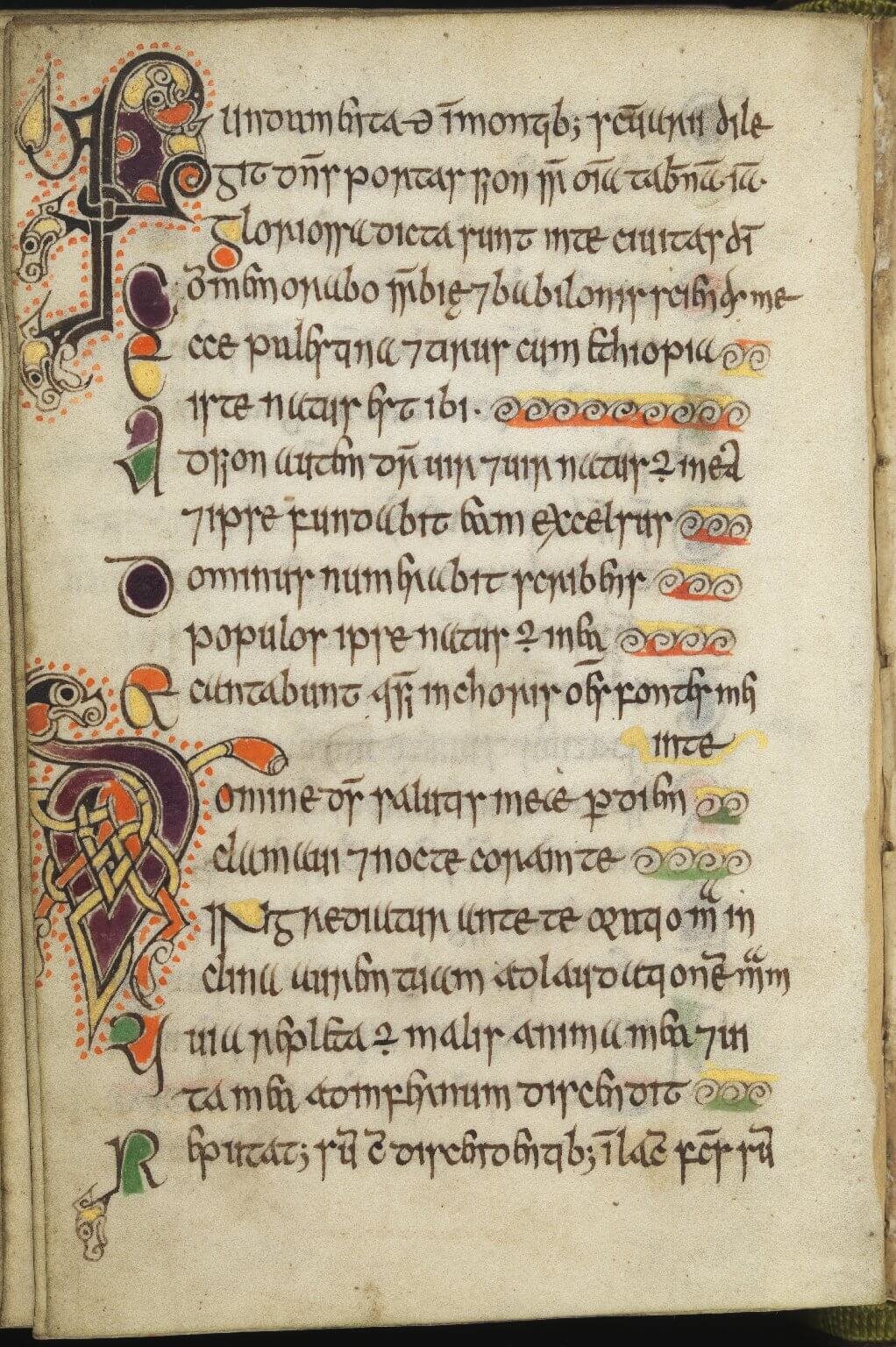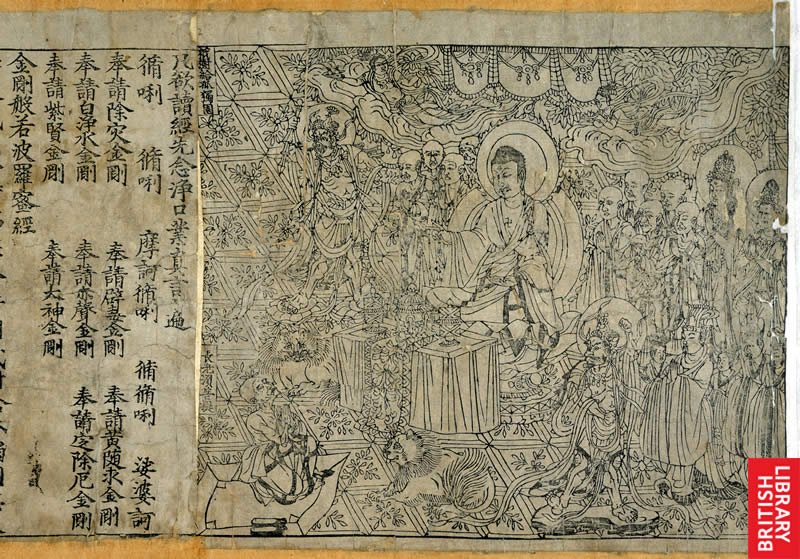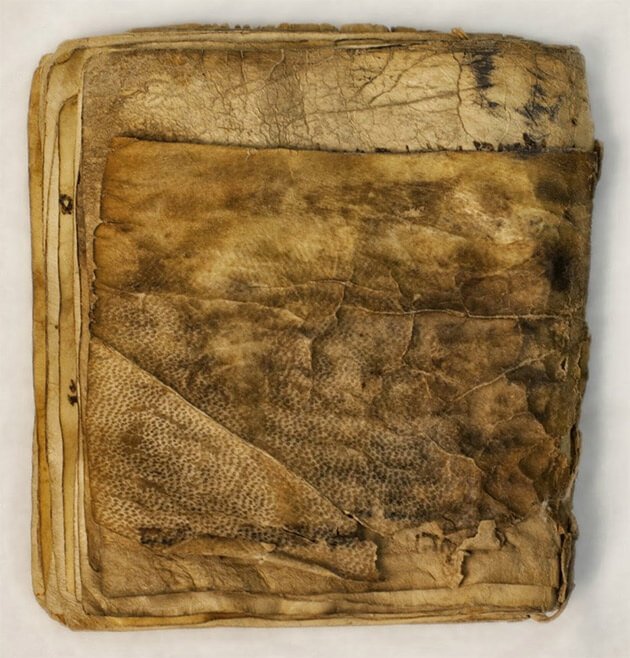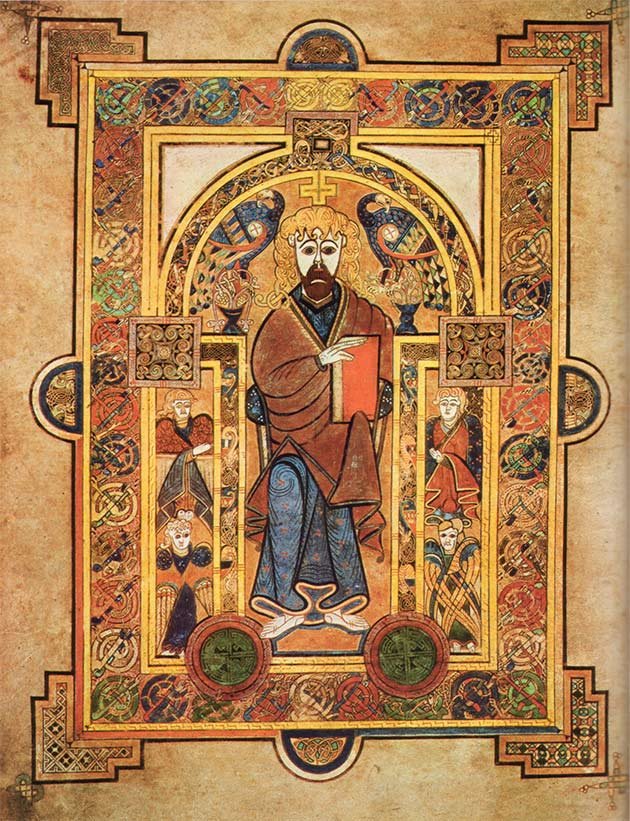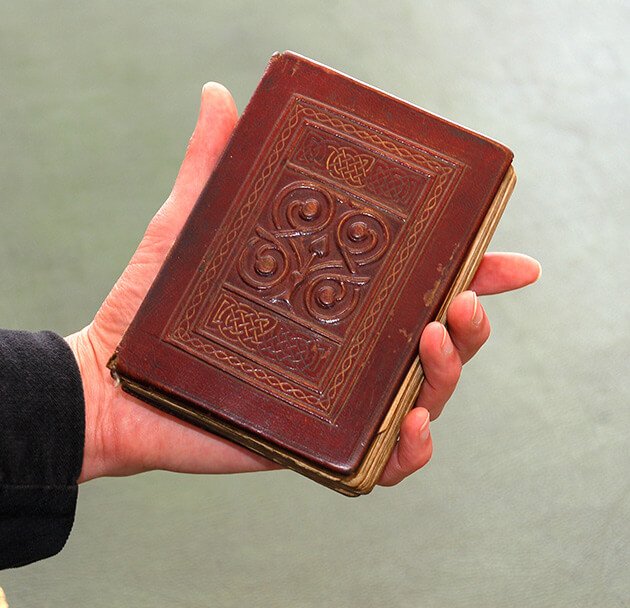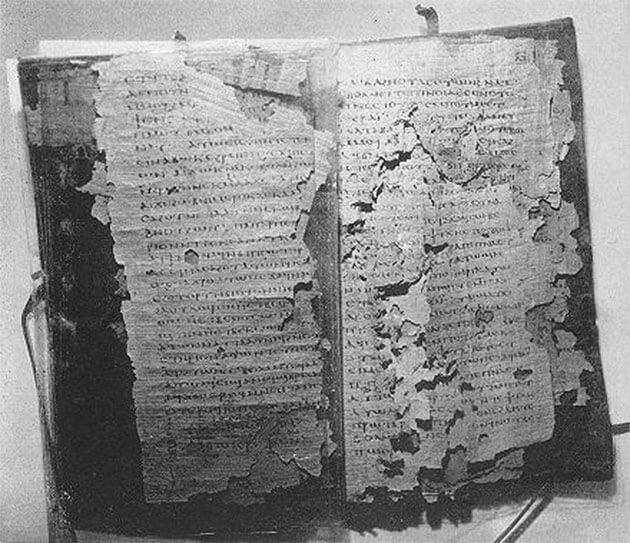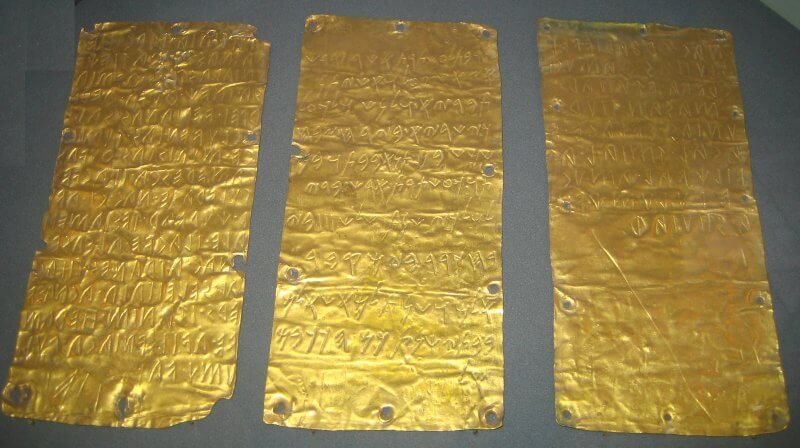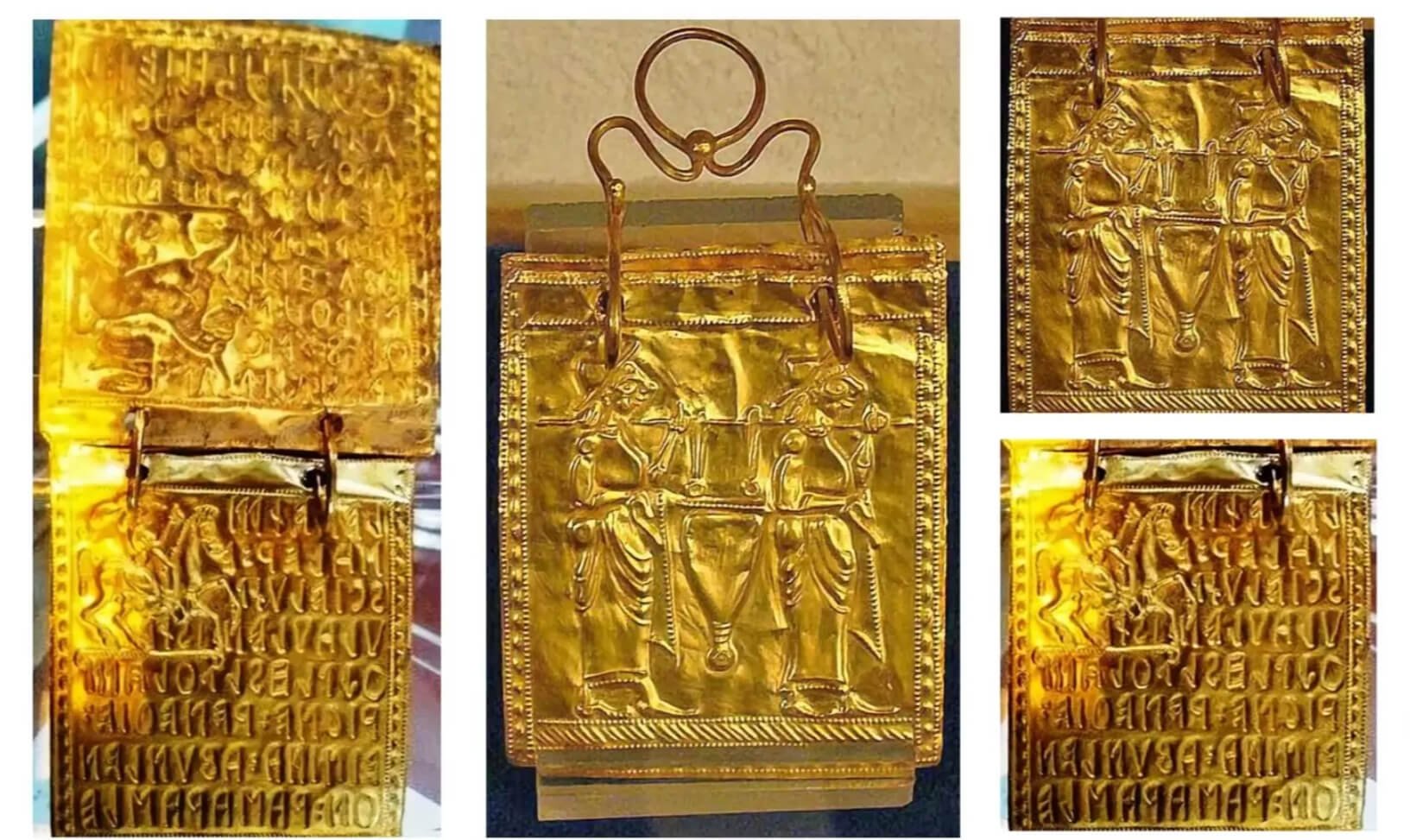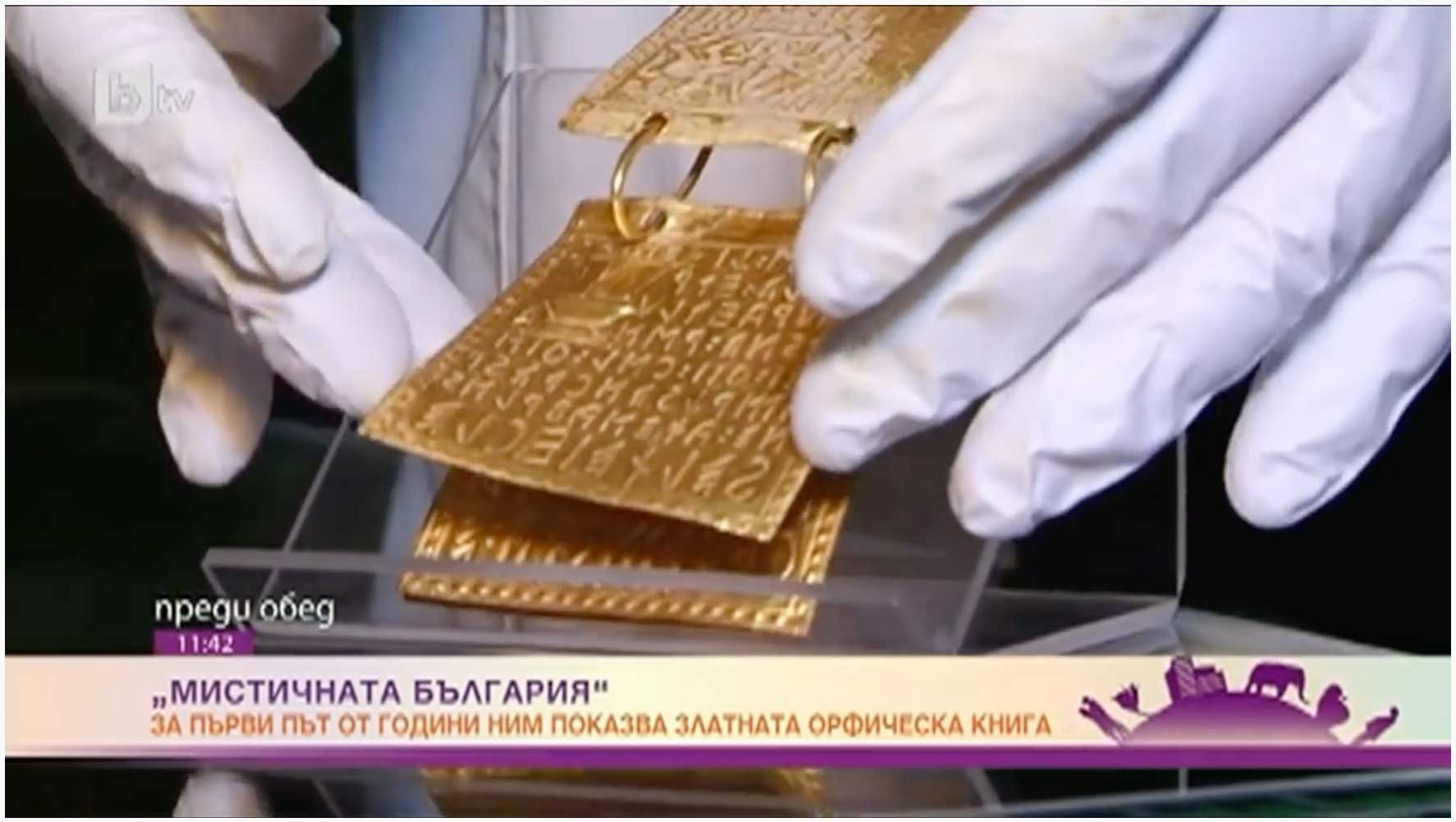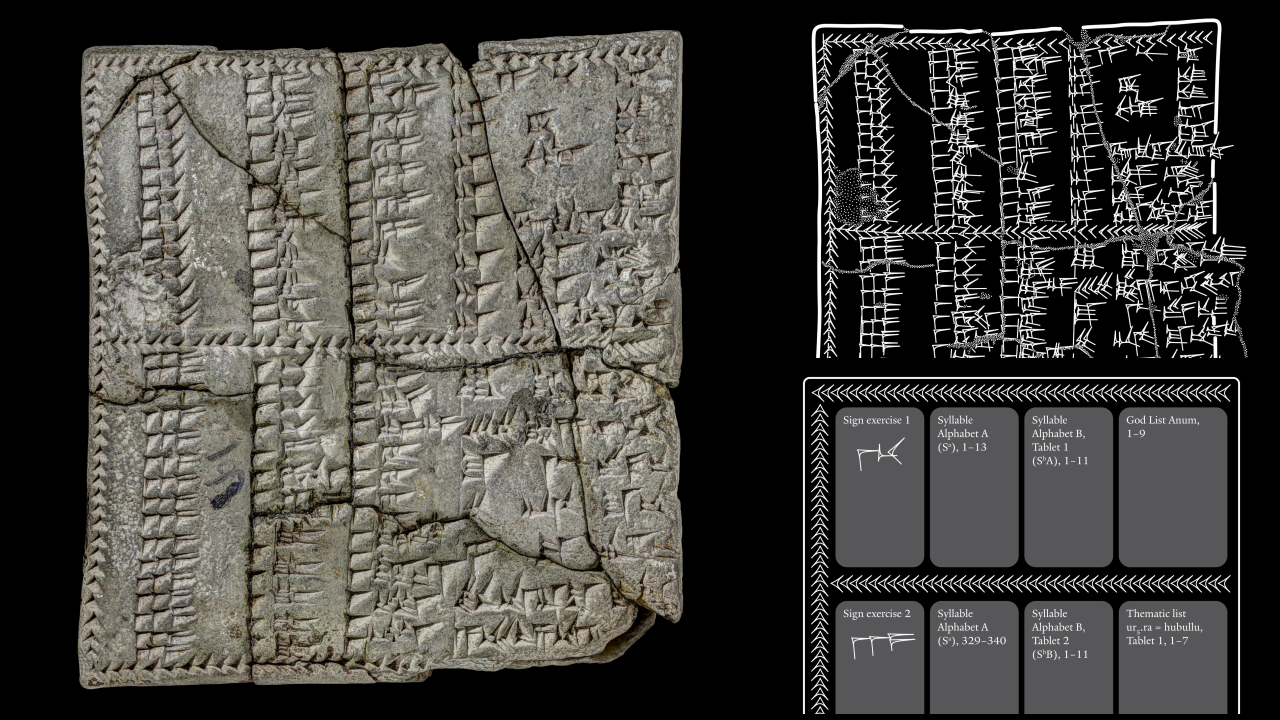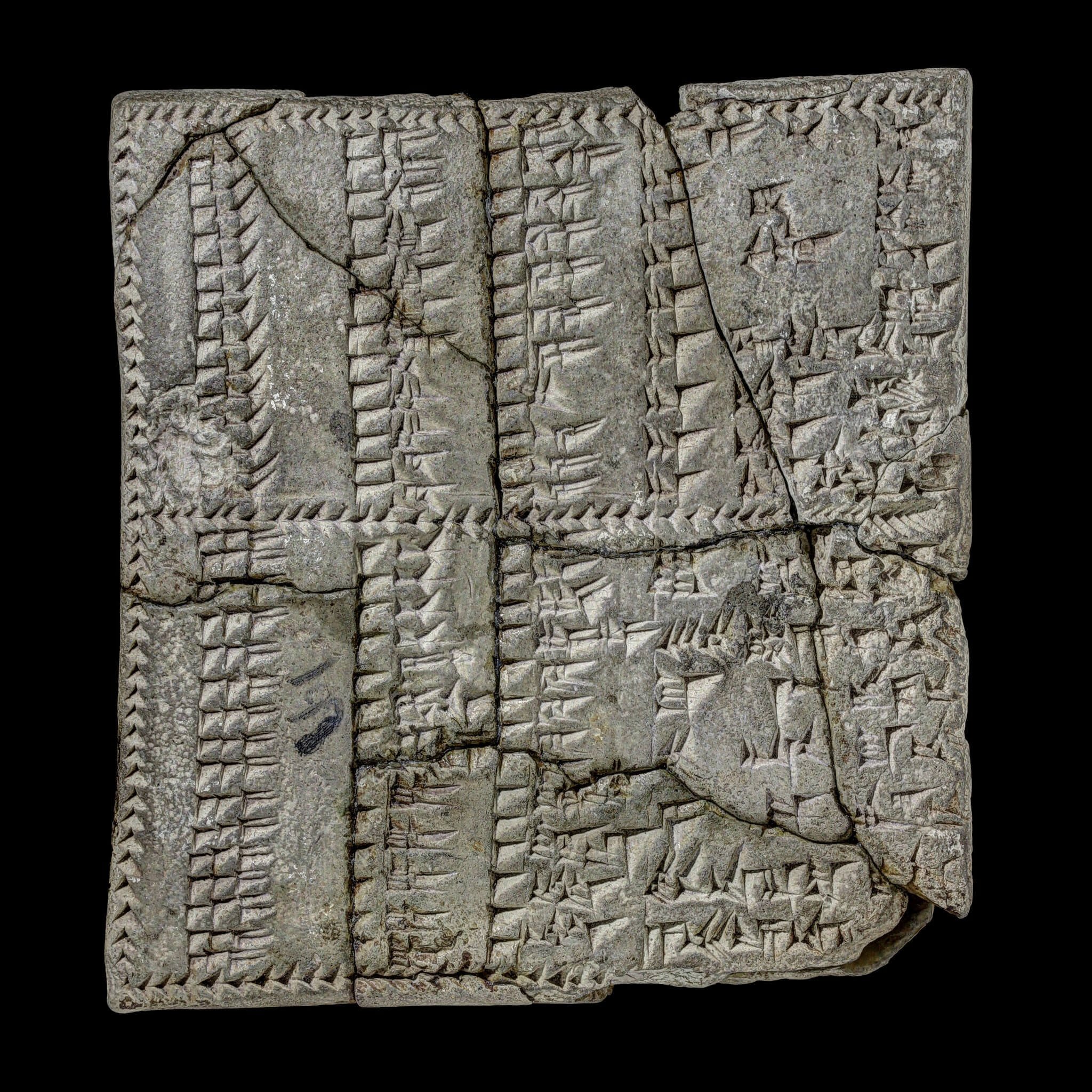In an act of mindless vandalism, the renowned Sycamore Gap tree, which stood as an emblem of Northern England's scenic beauty, was felled, inadvertently causing damage to the adjacent Hadrian's Wall, a designated Unesco World Heritage Site. This 73-mile-long wall, an iconic symbol of Britain's rich history, now bears the scars of this reckless act.
Last Wednesday night, 15 miles west of Hexham in Northumberland, the iconic tree was brought down. Following the incident, two suspects—a seasoned lumberjack and a teenager, aged 16—were arrested and later released on bail on grounds of suspected criminal damage. Detectives are deliberating charges, not only for unlawfully felling the tree but also for the inadvertent damage inflicted upon the ancient Hadrian's Wall. The latter offense holds the potential for graver penalties.
Vandals who felled the famous Sycamore Gap tree caused damage to Hadrian's Wall (pictured), investigators have found.
The Times reported that following the incident, Historic England, the renowned preservation body, dispatched a heritage crime specialist to gauge the extent of the damage. Preliminary observations confirm that the venerable 1,900-year-old wall, celebrated as one of the inaugural British sites to receive the Unesco World Heritage designation, has indeed suffered damage.
Details on the magnitude of the damage remain awaited, as a comprehensive archaeological assessment is still pending. The fallen tree has not yet been cleared from the site. Expressing the deep-felt sentiments of many, a spokesperson from Historic England remarked on the palpable sense of loss stemming from the felling of the tree and the subsequent impact on this cherished historical locale. Historic England pledged its unwavering support and collaboration in the forthcoming steps of the investigation.
Detectives are now looking at charges for felling the tree without consent and potentially for causing damage to a heritage site
Northumbria Police held consultative meetings with representatives from key conservation bodies, including Historic England, the National Trust, Northumberland National Park Authority, and Forestry England, to discuss the investigation's course.
Spearheading the newly established National Rural Crime Unit, Superintendent Andy Huddleston described such incidents as an 'exceptional rarity.' The challenges of investigating rural crimes differ substantially from those in urban settings, particularly due to the absence of witnesses and surveillance infrastructure, he noted. Nonetheless, Superintendent Huddleston remains resolutely optimistic, expressing his utmost faith in Northumbria Police's capability to apprehend those responsible for this heartless act.
















